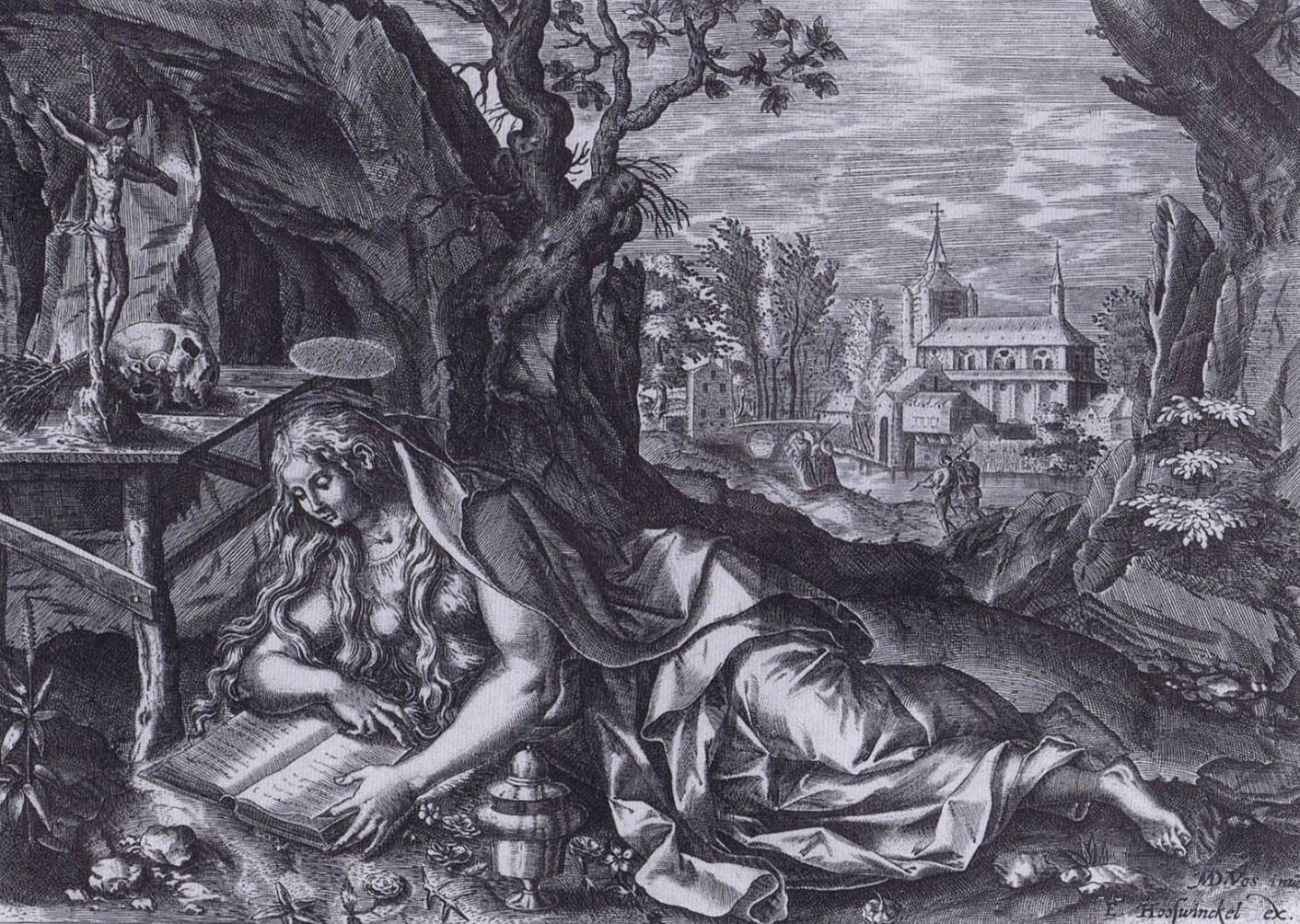
Antwerpia - America, Martin De Vos
Series: Art-history research
- The painter Simon Pereyns in Mexico
- Antwerpia - America, Martin De Vos
Collapsible index
The master from Antwerp
Maarten de Vos (1532-1603) was one of the leading artists working during the golden 16th century of Antwerp, a flourishing period for art and humanism. Known for his paintings depicting grand religious scenes and portraits of the Northern European elite, he was also a sought-after design draftsman for engravers and printmakers. Primarily from the 1580s onward, he would revisit a significant number of scenes as a print designer, which were then carved into copperplates by the finest engravers from the Netherlands. Through publishers and their extensive trading networks, these coveted prints subsequently circulated in the international market, reaching the farthest corners of the world. Because prints in early modern art studios commonly served as models for new compositions on canvas, panel, and sculpture, the visual language of Dutch artists circulated not only in Europe but also in overseas territories such as New Spain. The colonial sphere of influence of the Spanish colony largely corresponds during the latter half of the 16th century to the borders of present-day Mexico, but it would significantly expand over time. The Viceroyalty of Spain, together with the Spanish Netherlands, Naples, and Sicily, belonged at that time to the Habsburg Empire of Philip II.
The impact of Maarten de Vos in New Spain is primarily attributed to his widely circulated and reprised prints, artworks that are often (disparagingly) described as copies of local artists. Additionally, five paintings by his hand ended up in the Cathedral of Mexico City (1585). The central location of these altarpieces undoubtedly bolstered De Vos's fame and influence. In contrast to Europe, the series also illustrates that the painter's impact in New Spain primarily fits within the religious context. A third driver of the spread of Maarten de Vos's idiom were European expatriate painters, such as the Antwerpians Simon Pereyns (c.1535–c.1589) and Diego de Borgraf (1618-1686), as well as the Spanish painters Andres de La Concha (?-1612) and Baltasar Ochave Orio (1548-c.1620). They all, in their separate yet comparable ways, used De Vos's images as models for their own art.


What remains unexplored to this day is that De Vos's impact can also be traced in the secular sphere. For instance, a 17th-century desk piece originating from a woodworking workshop in the region of Villa Alta de San Ildefonso (Oaxaca) nuances the widespread influence of the artist on decorative arts in New Spain.
Research angle
This thesis explores such diverse forms of circulation of Maarten de Vos's visual language between Antwerp and America. We focus on various images, scenes, media, and actors to define the remarkable impact of the Antwerp painter in New Mexico. By examining the art historical trends in which De Vos's influence thrived in New Spain, we aim to demonstrate how his Antwerp inventions shaped a trans-Atlantic visual culture in an unprecedented manner. Before introducing the structure of the thesis, a brief overview follows, on the one hand, about contemporary research into artistic exchanges between Europe and America in the early modern period, and on the other hand, the reference works describing Maarten de Vos as a globally renowned artist of his time
About the author
Reinout Reybrouck holds a Master of Art Studies and Archaeology from the Vrije Universiteit Brussel (2021). His thesis focused on the exchange of Maarten de Vos’s imagery between Antwerp and the Americas within the early modern period. Whilst on an Erasmus Mundus program at the Universidad Popular Autónoma del Estado de Puebla (2016), he got fascinated by the emigrated Flemish artist Simon Pereyns. Retracing the compelling story behind Pereyns’ career and artwork in his bachelor scription, was greatly beneficial for studying De Vos’s influence in Mexico (thesis). His aim is that his scholarstudies contribute to new perspectives on the transatlantic and global visual culture.